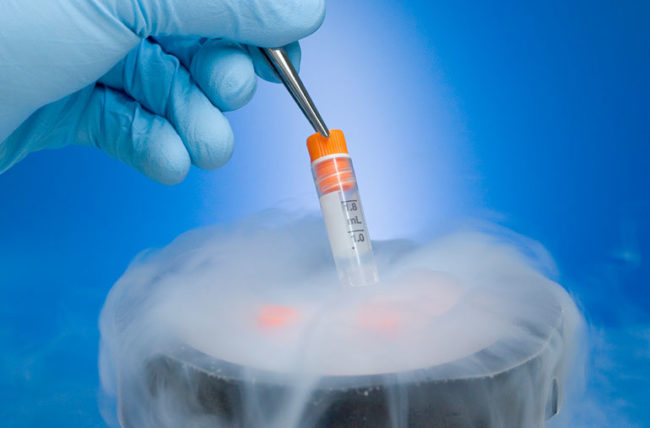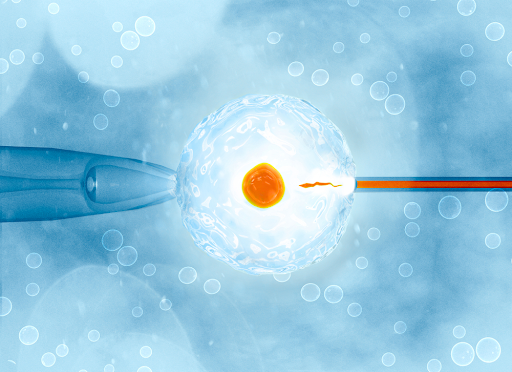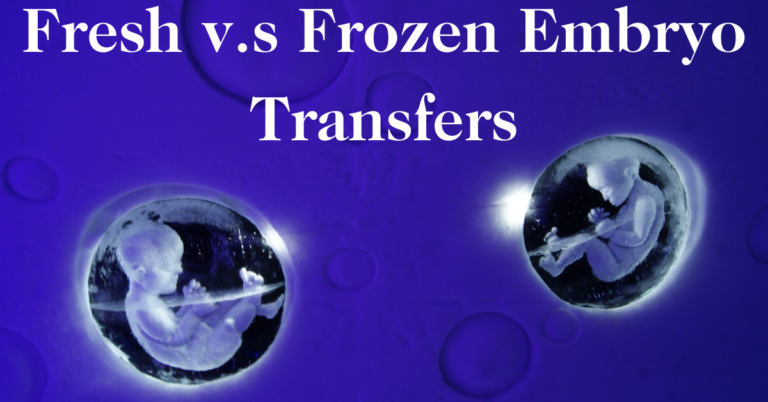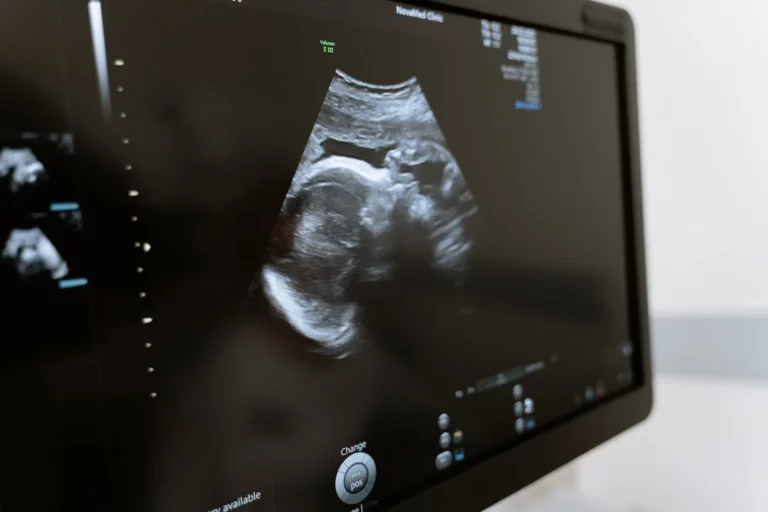IVF and Genetic Testing Options
In vitro fertilization (IVF) is a type of assisted reproductive technology (ART) that involves the collection of eggs from a woman’s ovaries and then fertilizing them with sperm. The fertilized egg is called an embryo. This embryo can be implanted into a woman’s uterus or it can be frozen for testing and storage. The doctor can also implant this embryo into a surrogate mother who can also be referred to as a gestational carrier, who will carry the pregnancy to term and deliver the baby.
Why is IVF performed?
IVF is aimed at helping people that are struggling with infertility or single women that want babies without having a partner. It can also be done for couples that have a heritable genetic defect and do not want to pass it on to their offspring. The embryos can be examined for genetic anomalies in a medical laboratory. Afterward, the doctor then only transfers embryos that do not have any of these genetic abnormalities. IVF is expensive and invasive, so it is often a last resort solution to infertility cases.

What is genetic testing?
Preimplantation genetic testing refers to the three types of tests that may be performed on embryos during an IVF procedure. These include:
- Preimplantation genetic screening for abnormal chromosome number (PGT-A)
- Preimplantation genetic testing for monogenic diseases (PGT-M)
- Preimplantation genetic testing for structural rearrangements like inversion or translocation (PGT-SR)
These tests are conducted for two main reasons. One is to determine if these embryos have any genetic defects that will often cause a failed implantation and miscarriage. The second reason is to identify any embryo with a genetic disorder that could result in the birth of a child with genetic defects that can cause eventual death or other inheritable conditions like muscular dystrophy.
The embryos that are found to have these genetic flaws are not transferred into the woman for pregnancy. It has also been proven that these genetic defects in embryos are a major cause of failed pregnancies and live births. The three types of PGT are new terms in the medical community that are replacing the previous terms of preimplantation genetic screening (PGS) and preimplantation genetic diagnosis (PGD). PGS function is now done through PGT-A, while PGD is now either performed by PGT-SR or PGT-M. The tests, however, are still done in the same manner.

Preimplantation genetic testing for aneuploidy (PGT-A)
PGT-A is an analysis of the cells of the embryo to determine if they possess the normal number of chromosomes. This can result from an unequal division of either the sperm or egg cells and can result in the embryo having either, too many or too few chromosomes. Most individuals possess 46 chromosomes because they inherit 23 each from either parent. In the case that an embryo is missing a chromosome or has an extra one, the condition is referred to as aneuploidy.
Monosomy is when there is a missing chromosome while trisomy is an extra chromosome. A type of monosomy where the child can survive is Turner’s syndrome which is the absence of one X chromosome. Trisomy of chromosome pairs can also sometimes result in a live birth, Down syndrome which is also called trisomy of chromosome 21, Pauteu syndrome (trisomy 13), etc. However, aneuploidy significantly contributes to miscarriage and failed implantation for pregnancy and birth abnormalities in children. The candidates that can benefit from PGT-A include:
- Women with multiple miscarriages
- Women with diagnoses of unexplained infertility
- Women that are older than 35 years
- Couples that have had a previous pregnancy with aneuploidy
- Women that have undergone numerous unsuccessful fertility treatments
- Women with previously failed embryo implantation
Preimplantation genetic testing for monogenic disease (PGT-M)
This test analyses for any specific gene mutation that any of the parents are known to carry. A family history of genetic disorders in any of the parents can increase the possibility of a child being born with a genetic mutation. A disorder that involves a single specific gene is due to a mutation in the DNA sequence. This results in diseases like sickle cell disorders and cystic fibrosis. It can also cause an inherited genetic mutation like the ones that increase a woman’s risk of developing breast cancer (BRCA1 and BRCA2 mutations). Before the embryo may be put into the woman’s uterus, PGT-M testing concentrates on particular genetic abnormalities. Some of these disorders include:
- Muscular dystrophy
- Fragile-X syndrome
- Sickle cell anemia
- Huntington’s disease
- Tay-Sachs disease
- Cystic fibrosis
- BRCA1 and BRCA2 mutations
PGT for chromosome structural rearrangements (PGT-SR)
This test analyses embryos of couples that are known to have a chromosomal structure rearrangement like inversion or translocation. These couples are more at risk for producing embryos that do not have the correct amount of chromosomal material. Additionally, live births from damaged embryos are less likely. Couples with these problems often have repeated miscarriages. The disorders tested for include:
- Robertsonian translocations
- Nonreciprocal translocations
- Reciprocal translocations
How are these tests performed on embryos during IVF?
The first step to the testing is an embryo biopsy and the second step is analysis of the biopsy by a lab to conduct genetic testing on the DNA. These two steps are generally similar in all three types of preimplantation genetic testing. The embryo biopsied in both of these tests is in the blastocyst stage of development (day 5 or 6 of embryo culture). The blastocyst at this stage contains two types of cells, the inner cell mass (ICM) and the trophectoderm epithelial cells (TE). While the former goes on to form the baby, the latter allows the development of the placenta.
The biopsy removes 3-10 cells from the trophectoderm epithelial cells for laboratory testing for genetic disorders. The cells of the ICM are not disturbed. The results of the test are usually available within 7-10 days following the biopsy. The blastocyst is frozen immediately following its biopsy to wait for the results of the testing. It is then thawed and transferred into the woman following a positive result in a subsequent cycle.
The information provided in this blog is for educational purposes only and should not be considered as medical advice. It is not intended to replace professional medical consultation, diagnosis, or treatment. Always consult with a qualified healthcare provider before making any decisions regarding your health. Read more







